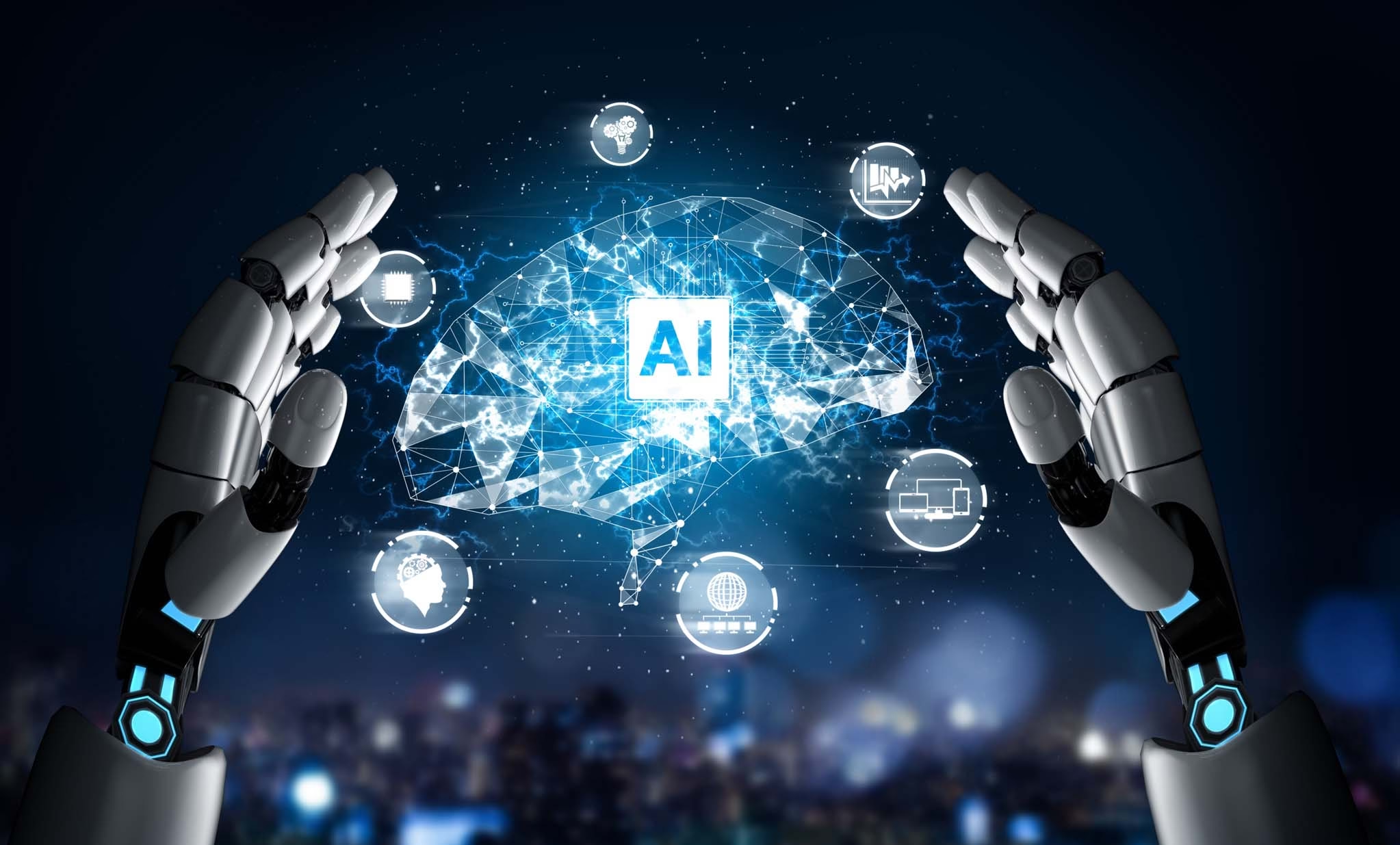Introduction
As cyber threats continue to evolve, businesses and organizations must adopt advanced technologies to safeguard their digital assets. Artificial Intelligence (AI) has emerged as a crucial component in cybersecurity, helping to automate threat detection, response, and prevention. This article explores the role of AI in cybersecurity, how automation enhances threat detection, and the benefits and challenges of AI-driven security solutions.
1. The Growing Importance of AI in Cybersecurity
1.1 Rising Cyber Threats
- Increase in cyberattacks, including ransomware, phishing, and data breaches
- Growing sophistication of cybercriminals
- Need for real-time threat detection and mitigation
1.2 How AI Enhances Cybersecurity
- AI-powered analytics for pattern recognition
- Predictive threat modeling using machine learning (ML)
- Automated response mechanisms to mitigate cyber threats
2. AI-Powered Threat Detection Mechanisms
2.1 Machine Learning Algorithms
- Supervised and unsupervised learning for anomaly detection
- Behavioral analysis to identify suspicious activities
- AI-driven threat intelligence platforms
2.2 Natural Language Processing (NLP) for Threat Intelligence
- AI-driven security monitoring of emails and messages
- Detection of phishing attacks and social engineering threats
- Real-time analysis of security reports and logs
2.3 Automated Incident Response
- AI-driven security orchestration, automation, and response (SOAR)
- Faster response time to mitigate potential cyber threats
- Reduced human intervention and increased efficiency
3. Applications of AI in Cybersecurity
3.1 AI in Malware Detection
- Identification of previously unknown malware strains
- AI-powered endpoint protection solutions
- Predictive analysis for proactive security measures
3.2 AI for Network Security
- AI-driven network traffic analysis to detect anomalies
- Automated firewall and intrusion detection systems (IDS)
- Real-time alerting and mitigation strategies
3.3 Fraud Detection & Risk Assessment
- AI algorithms for detecting fraudulent activities in banking and finance
- Risk scoring models to evaluate potential security threats
- AI-powered identity verification and authentication
4. Benefits of AI-Driven Cybersecurity Solutions
4.1 Faster Threat Detection
- AI can analyze vast amounts of data in real-time
- Quick identification of suspicious patterns and anomalies
4.2 Reduced False Positives
- Traditional security systems generate numerous false alarms
- AI improves accuracy by refining threat detection
4.3 Scalability & Efficiency
- AI-driven solutions can scale with the organization’s needs
- Automation reduces the burden on cybersecurity professionals
4.4 Proactive Security Measures
- AI enables predictive analytics for threat forecasting
- Preventative measures to mitigate potential risks
5. Challenges and Ethical Considerations
5.1 AI Bias and Accuracy
- Risk of biases in AI algorithms affecting threat detection
- Importance of continuous learning and model improvement
5.2 Data Privacy and Compliance
- AI-driven security tools require access to vast amounts of data
- Organizations must comply with data protection regulations (GDPR, CCPA, etc.)
5.3 Dependence on AI & Automation
- Over-reliance on AI could lead to security gaps if not monitored properly
- Importance of human oversight in cybersecurity strategies
6. Future of AI in Cybersecurity
- Advancements in AI-driven security analytics
- The role of AI in Zero Trust security frameworks
- Emerging AI-powered security trends in the coming years
Conclusion
AI and automation are transforming cybersecurity, making threat detection faster, more accurate, and efficient. However, organizations must carefully implement AI-driven security solutions while considering ethical implications and compliance requirements. As cyber threats continue to evolve, AI-powered security will be indispensable in protecting digital assets and ensuring business continuity.
